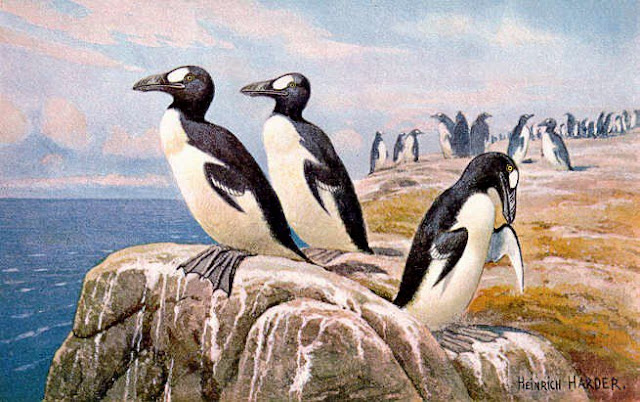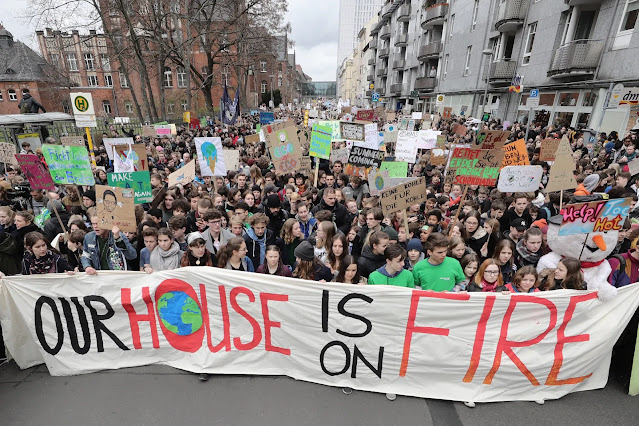The Great Auk

Well, howdy there! I've done said my name's Geir, and Ah'm fixin' to tell y'all 'bout somethin' I had in mind for my first post, which is the Great Auk. Yup, it was once a livin' bird, but it ain't around no more. The Great Auk, well, it had a spear-like bill, and the name "Geirfuglen" comes from the Old Norse "Geir" which means spear. This bird couldn't take to the skies, but it was a mighty fine swimmer, and it made its living catchin' fish. Now, the Great Auk nested along the shore, kinda like them penguins, and it was the largest of all the auks in the world. Unfortunately, them Vikings and other folks up in the North Atlantic where the Great Auk had its big colonies hunted it down somethin' fierce. See, 'cause it nested along the shore, it was easy to catch since it couldn't fly. The last breedin' Great Auk is said to have been knifed to death on July 3, 1844, on Eldey Island, Reykjanes, where the la...



.jpg)